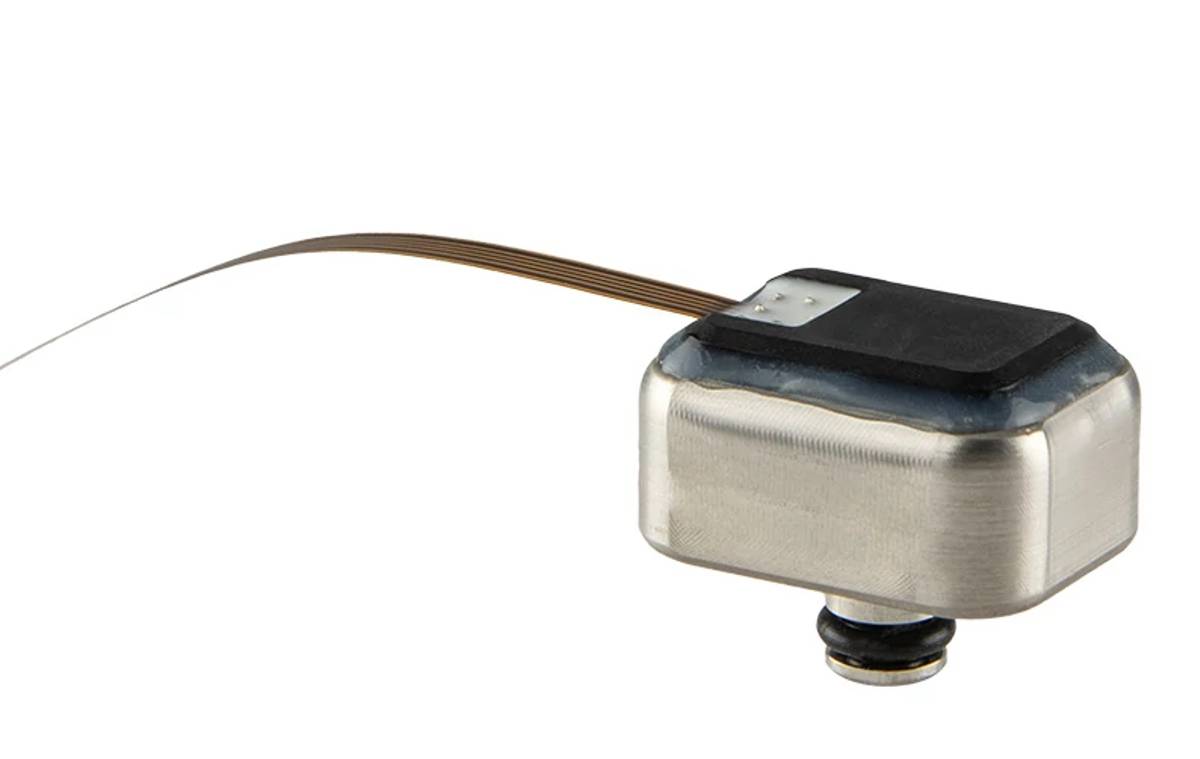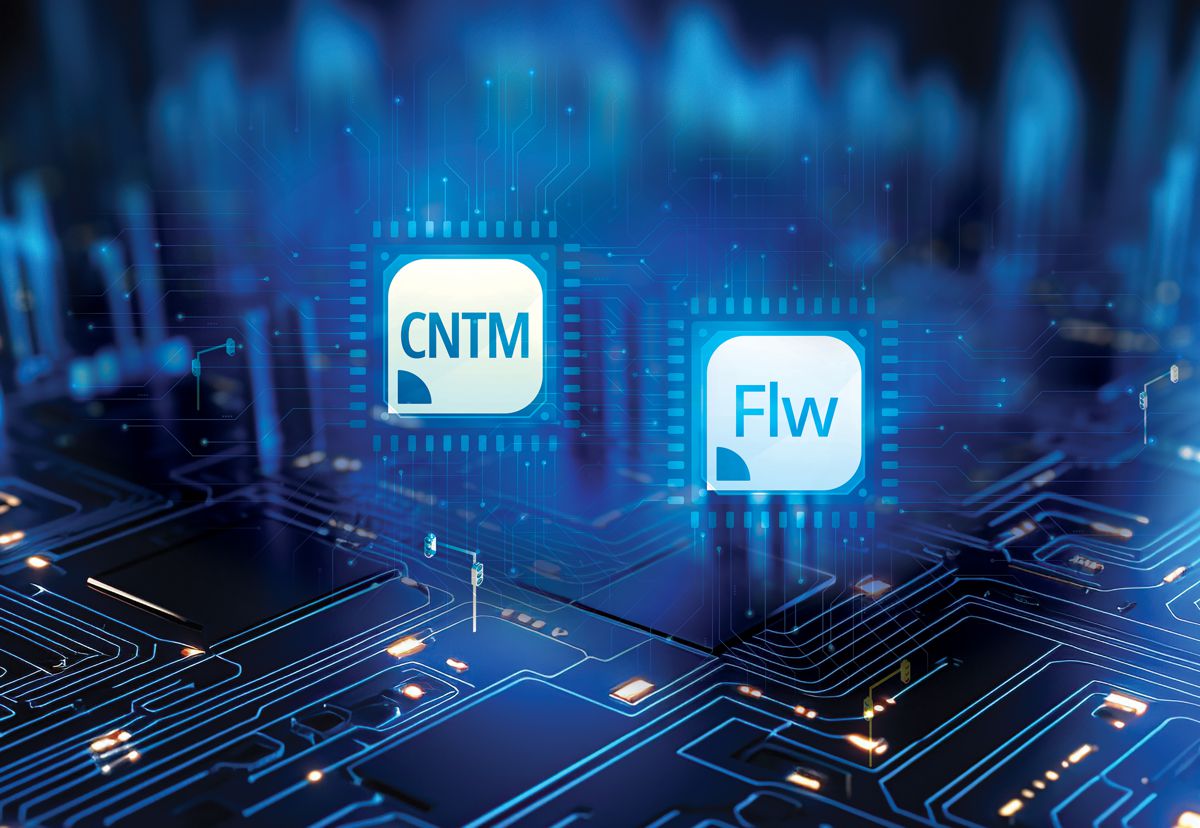Unravelling the Impact of Major Events on Urban Transit Systems
In the heart of Columbus, Ohio, a bustling metropolis where the hum of daily life is as constant as the ticking of a clock, a recent study has shed light on an issue that affects cities worldwide: the significant impact of major events on public transportation.
Spearheaded by researchers, including Harvey Miller and Luyu Liu, this study delves into how events like football games can send ripples through a city’s transit system, affecting thousands far from the epicenter of activity.
The Ripple Effect of Football Saturdays
On game days at The Ohio State University, over 100,000 fans throng to Ohio Stadium, turning the area into a hive of activity. But the effects of these games aren’t confined to the stadium’s vicinity. According to Miller, even those remote from the stadium aren’t immune to the ensuing transport chaos.
This phenomenon extends beyond just intuition; it’s now backed by data.
A Closer Look at Public Transit Dynamics
Examining the Central Ohio Transit Authority (COTA) services, the study encapsulated an area home to 1.2 million residents. Utilizing General Transit Feed Specification data, the same data powering our everyday transit apps, researchers contrasted bus services on game days against other days.
The results were telling: a marked dip in reliability extending beyond the immediate area of the stadium.
Before and After: A Tale of Two Disruptions
Liu’s analysis reveals a nuanced picture: pre-game disruptions are longer but milder, while post-game ones are shorter but more intense.
This pattern reflects the dynamics of crowd movement, with a gradual influx before the game and a mass exodus afterwards.
Measuring the Impact
The study quantified this unreliability, noting an 8.7% increase in bus service unpredictability before the game and a striking 24.5% after.
These figures represent more than mere percentages; they signify a tangible disruption in the daily lives of thousands.
Beyond Football: Broader Implications
Importantly, the methodologies developed in this study aren’t limited to analysing football games. They hold the potential to examine a range of disruptions – from road accidents to large-scale constructions – offering valuable insights into urban traffic management.
A Wider Lens: COVID-19 and Public Transit
The study also ventured into the impacts of the COVID-19 pandemic on public transit. Initially, lockdowns led to increased reliability due to reduced traffic. However, subsequent adjustments in transit schedules to accommodate decreased ridership and financial strains painted a more complex picture.
The downtown area, a hub of transit activity, fared relatively well, whereas areas like the northeast saw a protracted recovery in service levels.
The Road Ahead: Planning for Resilience
These findings underscore a critical need for robust urban planning. With challenges like climate change and potential pandemics looming, the resilience and reliability of public transit systems are more vital than ever.
The study advocates for proactive strategies to mitigate the impact of such disruptions, emphasizing the importance of building and improving public transit infrastructure.
Embracing the Future of Urban Transit
The study conducted in Columbus offers a microcosm of a global challenge: balancing the vibrancy of city life with efficient and reliable public transit. As cities evolve, so must their approach to managing the intricate dance of traffic and transit.
By harnessing new technologies and insights, city planners and policymakers can better anticipate and mitigate the impacts of major events, paving the way for more resilient urban environments.
The findings from Columbus not only illuminate the complexities of urban transit but also chart a course for smarter, more adaptive city planning. As we move forward, embracing these insights will be crucial in ensuring that our cities remain both vibrant and accessible to all.















